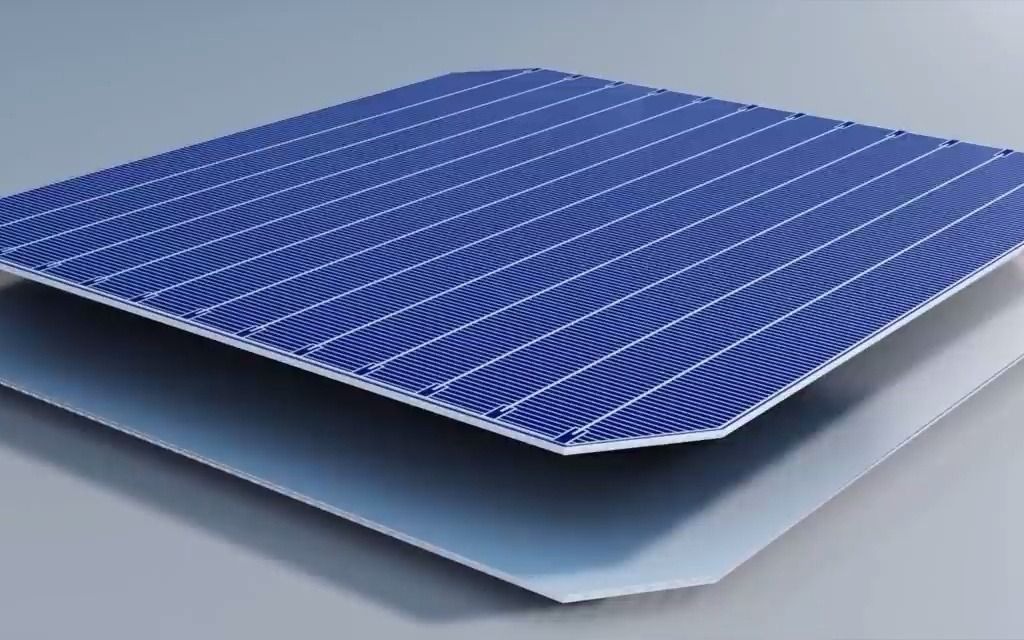Welcome to LAIXL, producing EL testers, IV testers, and drone EL
xinwen
浏览数:44 发布于:2025-03-17
As a representative of third-generation photovoltaic cell technology, perovskite modules have become a hot topic in the photovoltaic industry in recent years due to their advantages of high efficiency, low cost, and short preparation process. The following is an analysis of the development trend of perovskite components:
 1. Market space and demand growth
1. Market space and demand growth
Market size: It is expected that by 2025, the market space for perovskite components will reach 3.75 billion yuan, and by 2030 it will grow to 95 billion yuan, with an average annual compound growth rate (CAGR) of up to 128%.
Demand driven: With the increasing global demand for photovoltaic installations, the penetration rate of perovskite modules in ground power plants and distributed photovoltaics will significantly increase. It is expected that the global demand for perovskite modules will reach 95GW by 2030, with distributed photovoltaic demand accounting for as much as 70.5GW.
2. Technological breakthroughs and efficiency improvements
Conversion efficiency: The theoretical conversion efficiency of perovskite cells is as high as 45%, far exceeding the 29.4% of traditional crystalline silicon cells. At present, the efficiency of perovskite stacked cells in the laboratory is close to 35%, and the efficiency of commercial components is constantly improving. For example, the efficiency of perovskite stacked components from GCL Optoelectronics has reached 26.36%.
Stacking technology: Perovskite and crystalline silicon stacking technology is considered the mainstream direction in the future photovoltaic field, with huge potential for efficiency improvement and limited cost increase. It is expected that by 2025, the efficiency of stacked components will increase to 27% -28%.
3. Cost reduction and industrialization acceleration
Cost reduction space: The production cost of perovskite components is expected to be significantly reduced. The material cost accounts for only 5%, while glass, packaging materials, etc. have a relatively high proportion. In the future, through technological iteration and large-scale production, the cost will further decrease.
Industrialization process: 2025 is considered a turning point for the commercialization of perovskite components. Several companies have already laid out GW level mass production lines, such as GCL Optoelectronics' GW level production line expected to be put into operation in 2025, and Jidian Solar's GW level production line has also started construction.
4. Application scenario expansion
Diversified applications: Perovskite modules, due to their lightweight, flexible, and semi transparent characteristics, can be widely used in fields such as photovoltaic building integration (BIPV), vehicle mounted photovoltaics, and flexible electronic devices. For example, flexible perovskite cells have unique advantages in scenarios such as building curtain walls and wearable devices.
Demonstration project promotion: The 4MW perovskite demonstration power station jointly built by GCL Optoelectronics and Huaneng has been partially implemented, and will further expand its scale in the future to promote the market-oriented application of perovskite technology.
5. Policy support and capital investment
Policy promotion: The "Implementation Plan for Science and Technology to Support Carbon Peak and Carbon Neutrality (2022-2030)" issued by multiple ministries and commissions of the country clearly proposes to support the development of third-generation photovoltaic technology. Perovskite cells, as one of the key directions, have received strong policy support.
Capital heat: The perovskite track has attracted a large amount of capital investment, including multiple rounds of financing from companies such as GCL Optoelectronics, Jidian Optoelectronics, and Fiber Nano Optoelectronics, which have promoted rapid technological iteration and industrialization.
6. Challenges and Future Prospects
Technical bottleneck: The stability, scalability, and environmental friendliness of perovskite components still need further breakthroughs. For example, the environmental issues of lead based perovskite have not been fully resolved.
Future trend: With the maturity of technology and cost reduction, perovskite modules are expected to achieve large-scale commercial applications by 2030, becoming one of the important technological routes in the photovoltaic industry.
Summarize
Perovskite components are accelerating their transition from laboratory to commercialization due to their high efficiency, low cost, and potential for multi scenario applications. 2025 will be an important turning point for its industrialization, and it is expected to occupy an important position in the photovoltaic market in the future, promoting the green transformation of the global energy structure
 +86 177-0622-2370
+86 177-0622-2370
Address: 4409 Wuzhong Avenue, Suzhou City, Jiangsu Province
Phone: +86 17706222370
Email: el@lailx.com

LINE